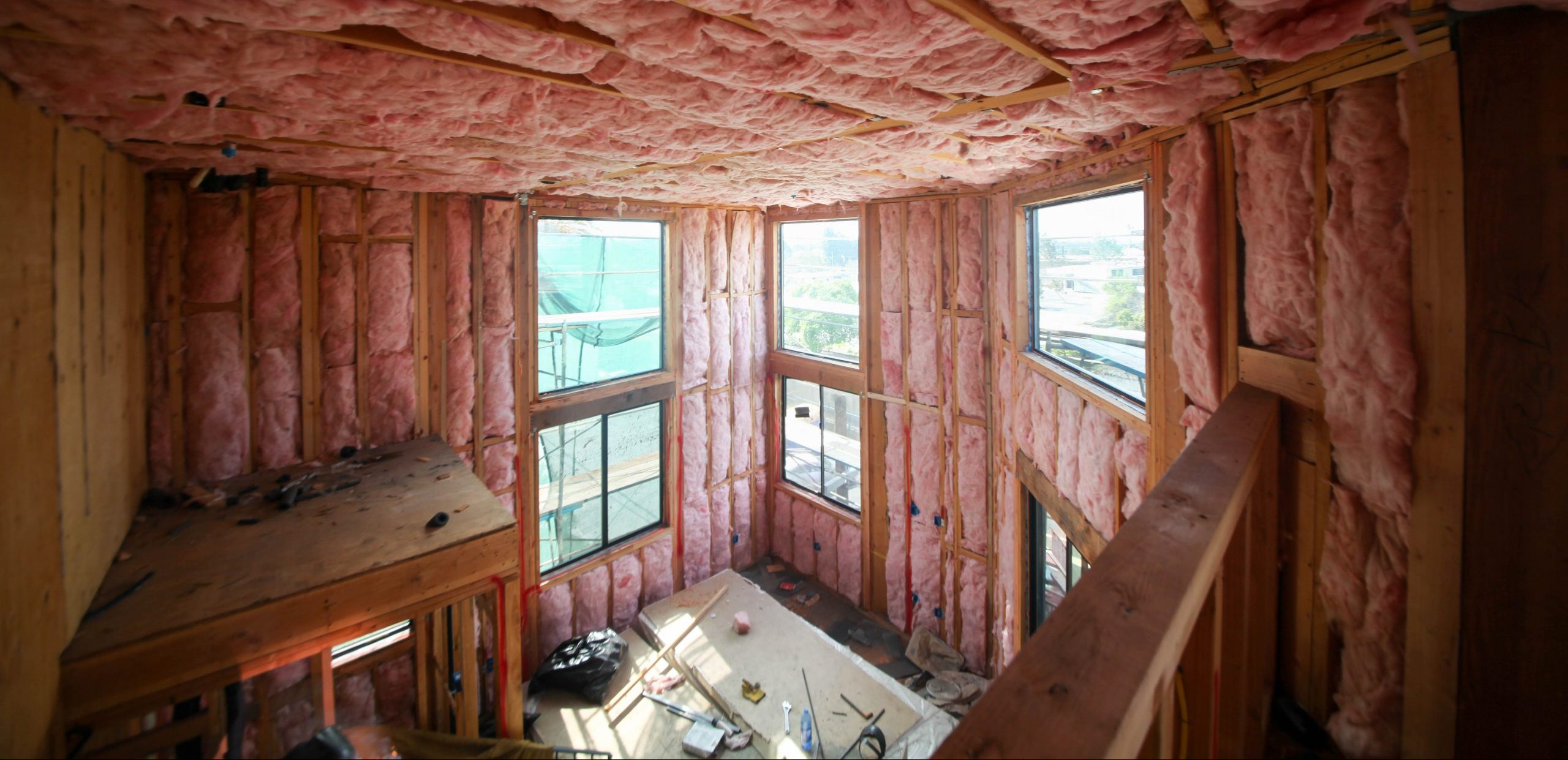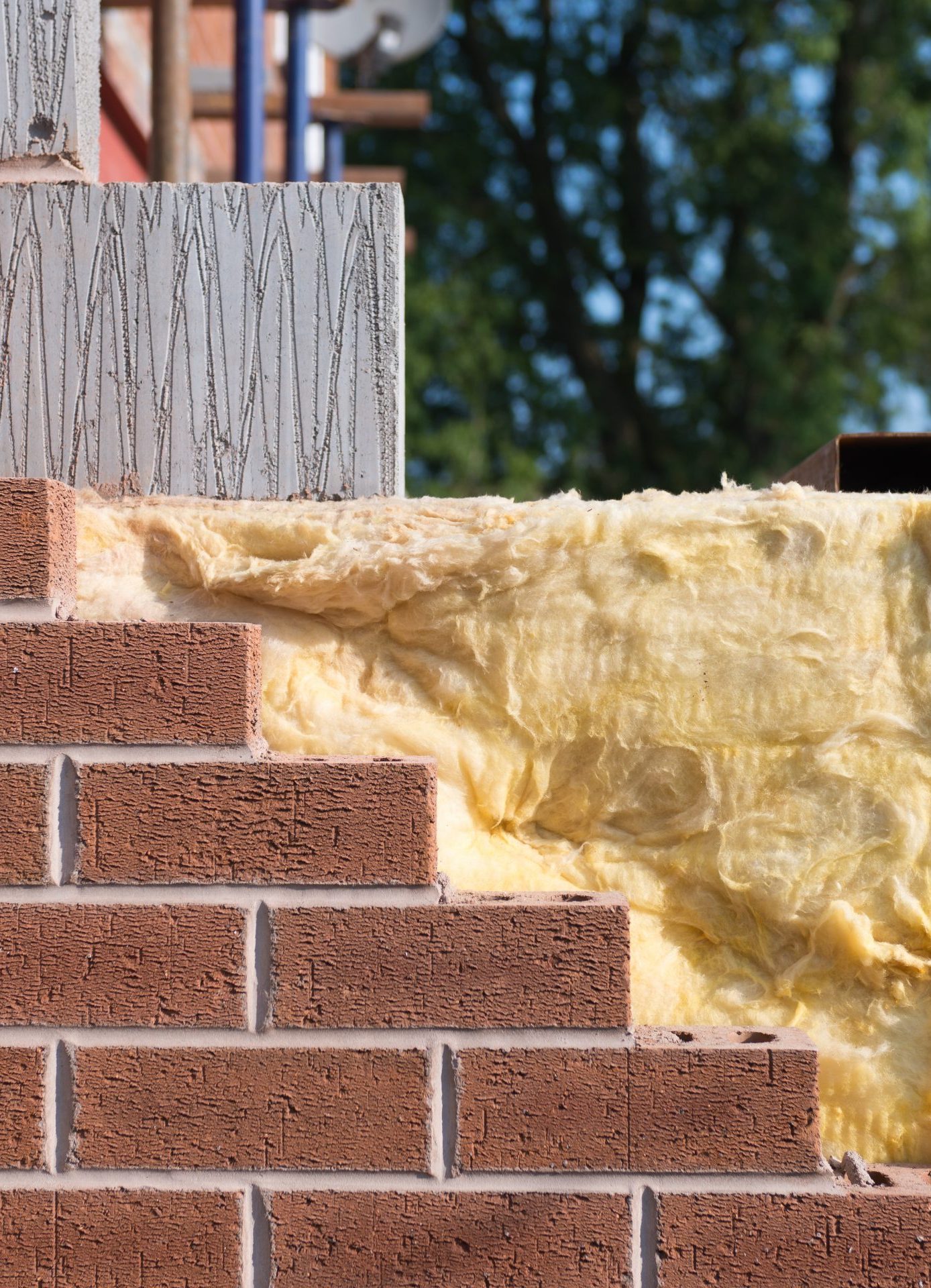Insulators and Mesothelioma
Insulators (also known as insulation workers) currently number around 60,000, according to the U.S. Department of Labor Statistics.
Materials handled by insulators are also installed to reduce or block the transmission of noise and to inhibit the spread of accidental fire.
These materials are typically installed behind drywall panels, under floors, above ceilings, and around pipes inside homes, offices, and other structures.
As well, insulation workers install energy saving and fire-retarding materials to protect large pieces of machinery or equipment, such as engines, boilers, furnaces, and vats.
Anyone who worked as an insulator during the years following World War II and ending around the time Ronald Reagan was elected president likely came into contact with insulation materials containing asbestos.
The prospect of contact with asbestos decreased throughout the 1980s but did not entirely go away. Indeed, it is possible for insulators to encounter asbestos even today if they are tasked with demolishing structures built in the middle of the 20th Century or earlier.
Exposure to asbestos whenever it happens poses a danger to the health of insulators. The mineral is capable of causing cancer.
The forms of cancer that can result from asbestos exposure are mesothelioma and asbestos lung cancer. Both are treatable, but the cost of doing so can be enormous—which is why many insulators who have been stricken by these diseases have chosen to use the legal system to seek compensation.

Who qualifies as a insulator?
According to the U.S. Bureau of Labor Statistics, insulators usually specialize in a particular area of the trade. The bureau identifies at least four specialty areas: wall insulators, flooring insulators, ceiling and attic insulators, and mechanical insulators.
Floor, ceiling, and wall insulators lay insulation batts in the space between studs and joists. Alternatively, they fill the space with foam insulation applied via spray.
The labor bureau describes the work of mechanical insulators as involving application of insulation to equipment, pipes, or ductwork.
Tasks typically performed by insulators of all stripes include:
- Measuring and cutting insulation to size
- Stapling or screwing insulation into place
- Using power tools to help with installation
- Tearing out old insulation
Insulators and asbestos exposure
By and large, insulation materials manufactured between the 1930s until the 1970s incorporated asbestos to improve their performance.
Asbestos added to materials enabled them to withstand fire and extreme heat. That is why asbestos was used so extensively in foundries, mills, and other industrial settings where furnaces and boilers were in operation.
However, with regard to the materials utilized by insulators, asbestos was added for reasons beyond fire safety and heat protection. It’s presence in insulation delivered cost savings to building owners and occupants by making interiors more energy efficient. Asbestos insulation worked better than other types of insulation to reduce demand for heating and air conditioning.
Owing to its abundance and cheap cost, asbestos was incorporated into a wide range of products for use by insulators. These included:
- Pipe coatings
- Equipment covers
- Gaskets
- Valve jackets
- Mastic
- Paints
- Wraparound sheets
- Roll and square batts
- Spray foam
The danger from these materials arose in the course of handling them—that is, preparing them for installation, performing installation, and, if later necessary, removing and disposing of them.
For example, it often was the case that a piece of insulation might need to be cut to size in order to properly fit an intended space. It also was frequently the case that insulation needed to be stapled into position. To dismantle insulation, the material might need to be pried loose with a bar or simply ripped out by hand.
Any of these actions would be sufficient to cause particles of the asbestos contained within a piece of insulation to break free and enter the air where they might easily be inhaled or swallowed by the insulator.
Airborne asbestos behaves in ways similar to dust particles. Dust in the air floats and then settles to the ground. Asbestos particles do likewise. The difference is that asbestos is capable of floating in the air far longer than dust specks. Under some circumstances, asbestos can remain in the air many hours or even days before coming to a rest on the floor.
While afloat, an insulator breathing that air could inhale or ingest some of those particles. This possibility could become more likely if the insulator were in a confined, poorly ventilated space at the time. The tighter the quarters and more inadequate the ventilation, the greater volume of asbestos particles that could potentially be breathed or swallowed.
It is when asbestos is inhaled or ingested that health problems can begin. The process is a slow one, extending across one or more decades. When it is completed, the insulator who breathed or swallowed asbestos may discover he or she has developed mesothelioma, asbestos lung cancer, asbestosis (a painful scarring of the lung tissues), or other serious asbestos-related medical condition.
It is not fully understood how asbestos within the human body causes these diseases. However, it has been well-documented that asbestos is indeed the cause—that finding is beyond dispute.
Insulators and asbestos exposure from building materials

- Drywall
- Ceiling and floor tiles
- Electrical systems
- Decorative plaster
- Bricks and mortar
- Pipes and valves
- Water heaters
- Furnaces and boilers
- Ducting
- Adhesives
Asbestos in these materials did not really become a health issue for insulators until something was done to alter an item’s size or shape or to open a hole in it.
To change a product’s dimensions, an insulator would use a saw, scissors, knife, planer, or sander. To open a hole in a product, he or she would use a sledge, pick, drill, or saw. These implements—and others an insulator might use—subjected these products to forces sufficient to dislodge fibers of the mineral.
And it did not take much force at all to dislodge them. Normally, asbestos fibers remain bonded to the material or materials from which the construction product is made as long as the product goes undisturbed. However, taking a tool to an asbestos-containing product creates a disturbance.
Freed asbestos fibers then can emerge from the product within which they are contained. After that, they can be easily swept upward into the air by even the faintest hint of a draft.
At this point, with asbestos fibers floating in the air, great danger would exist for any insulator in the immediate vicinity.
Asbestos fibers tend to suspend in air, much as dust particles do. However, asbestos fibers are lighter than dust particles and so are more likely to remain in the air longer before settling—if at all. An insulator could therefore easily find himself or herself engulfed in a cloud of these asbestos fibers even though it was created quite a while earlier.
Were an insulator to be enveloped in a cloud of asbestos fibers, the likelihood of breathing or swallowing some of those airborne particles would be exceptionally high. This did in fact happen to thousands upon thousands of insulators who were employed in the trade before and after the 1970s.
What transpired decades ago—the inhalation or ingestion of asbestos fibers—is a concern today because it takes from 10 to 50 years or longer for inhaled or ingested asbestos to produce diseases such as mesothelioma and asbestos lung cancer.
Insulators and asbestos exposure from power tools
Often, the source of power for those tools was electricity. But another source of power was compressed air—especially for applying spray foam insulation.
Compressors could be powered by small gasoline-fueled internal combustion engines. Or they could be powered by electricity.
Any tool or piece of gear powered by electricity was a potential source of asbestos exposure.
The motors that drive electrically powered tools generate significant heat when operated. The longer the motor runs, the hotter it gets. To prevent motor heat from melting the tool’s internal wiring and other components, makers typically added asbestos as a thermal shield.
After a time, the asbestos inside the tool cracked and crumbled under the stresses and strains of daily use. The tiny bits and pieces of asbestos remained sealed within the tool’s housing, but could be scattered into the air were the housing to be opened to permit servicing (especially if the servicing included the blasting of compressed air into the tool’s interior to remove caked clumps of dust).
Expelled into the air, those asbestos particles might be breathed or swallowed. Were that to occur, they would be carried deep into the lungs or intestines and remain permanently embedded there.
Not every insulator who inhaled or ingested asbestos develops an asbestos-related disease. But, if, for instance, mesothelioma onsets, there is basically only a single explanation for it—exposure to asbestos at some time in the past.

Insulators and asbestos exposure from working alongside other trades
In some instances, insulators are present at the same time as drywallers, ceiling and flooring specialists, painters, plumbers, electricians, masonry workers, and others. Or it might be that insulators are onsite immediately after those other tradespeople.
In the past, those other trades used products and materials that contained asbestos. Those other trades cut, drilled, hammered, and sanded those products and materials in the course of working on their piece of the project. Doing so could have been yet one more way by which insulators 30 or 40 years ago became exposed to asbestos.
The asbestos those other tradespeople released into the air would likely have been breathed by any insulators working alongside them or even in proximity.
Inhaled (or swallowed) asbestos lodges deep within the lungs (or intestines). They then begin a decades-long process of mutating healthy cells in cancerous ones. At the end of that process, what can result is mesothelioma, asbestos lung cancer, or other asbestos-related disease.
Insulators’ rights to compensation after asbestos exposure
Many verdicts in favor of insulators are now on the books, which means there are abundant precedents for holding accountable the companies that manufactured, distributed, and sold asbestos products for use by insulators and others.
Asbestos-injured insulators who file a lawsuit in the hope of winning at trial may be able to obtain a good outcome by instead settling their case out of court. It so happens that many defendant companies are eager to avoid costly battles before a judge and jury, so they are often quite open to the idea of settling. Indeed, it is frequently the defendants themselves who are first to propose a stipulated end to the contest.
However, an asbestos company that has filed for bankruptcy—as many have—cannot be sued. Nonetheless, they are required under bankruptcy law to set aside money in a trust fund to compensate the victims of asbestos exposure and asbestos disease. These funds may be available to insulators who submit correctly completed applications for compensation.

About the author…
Gregory Sandifer graduated from Southern Illinois University Edwardsville and received his law degree from Western State University College of Law in Fullerton, California.